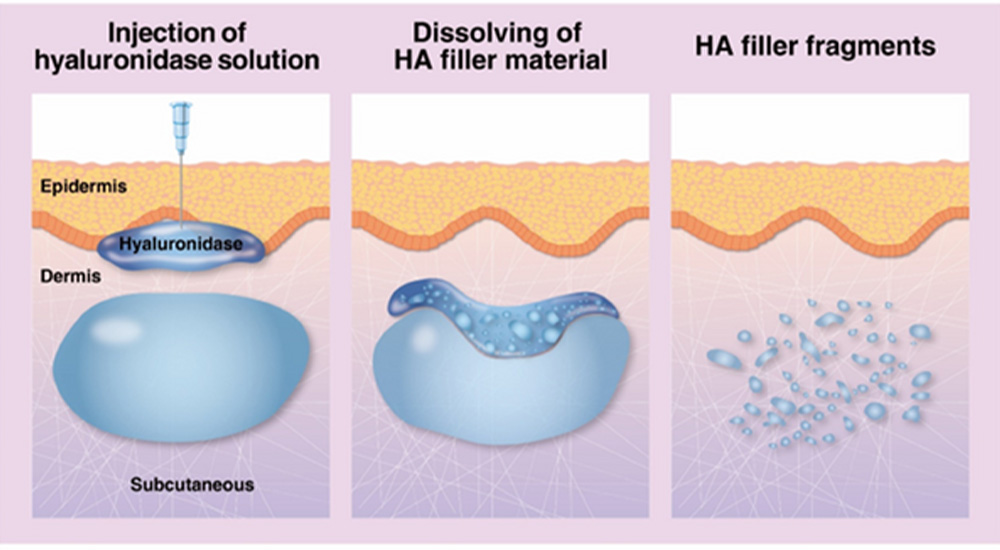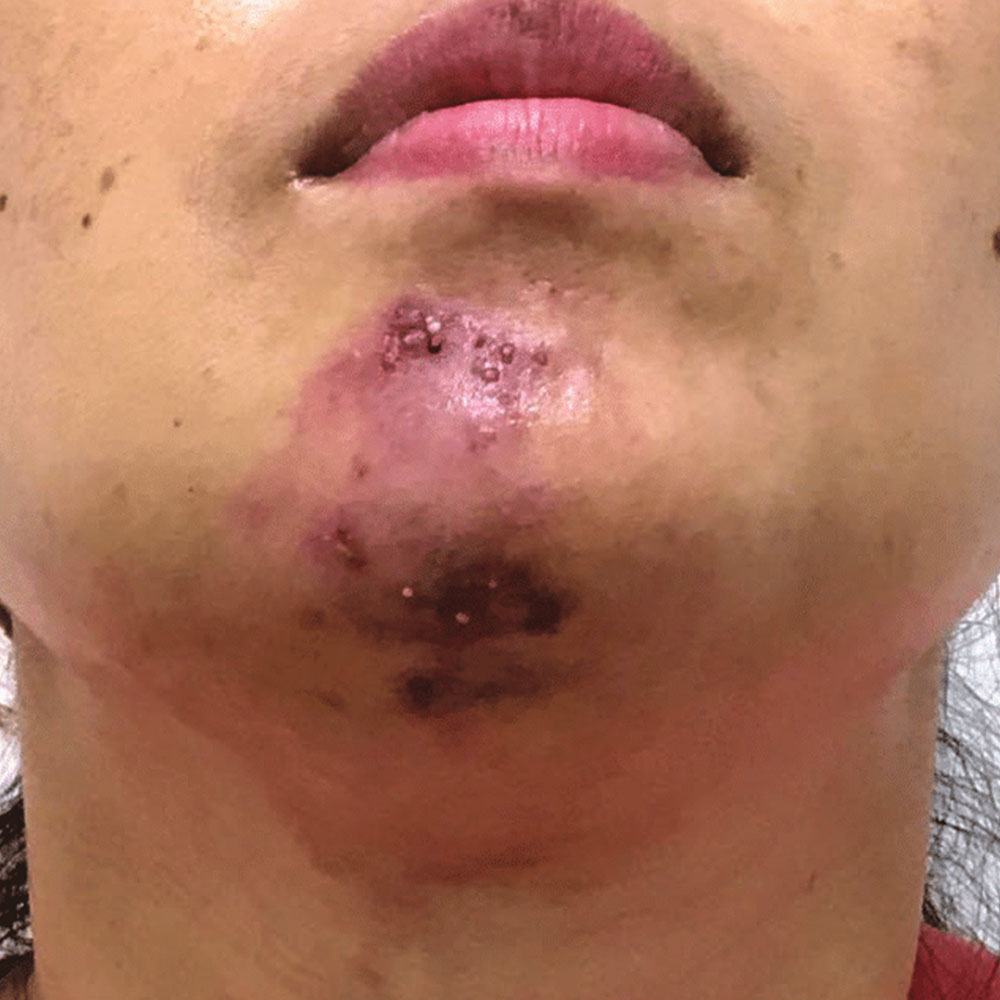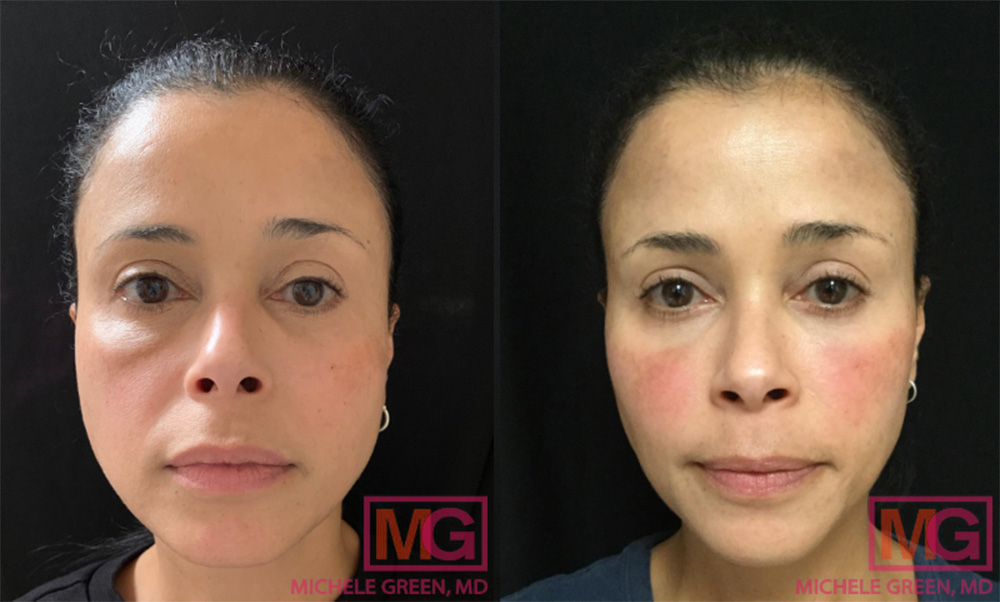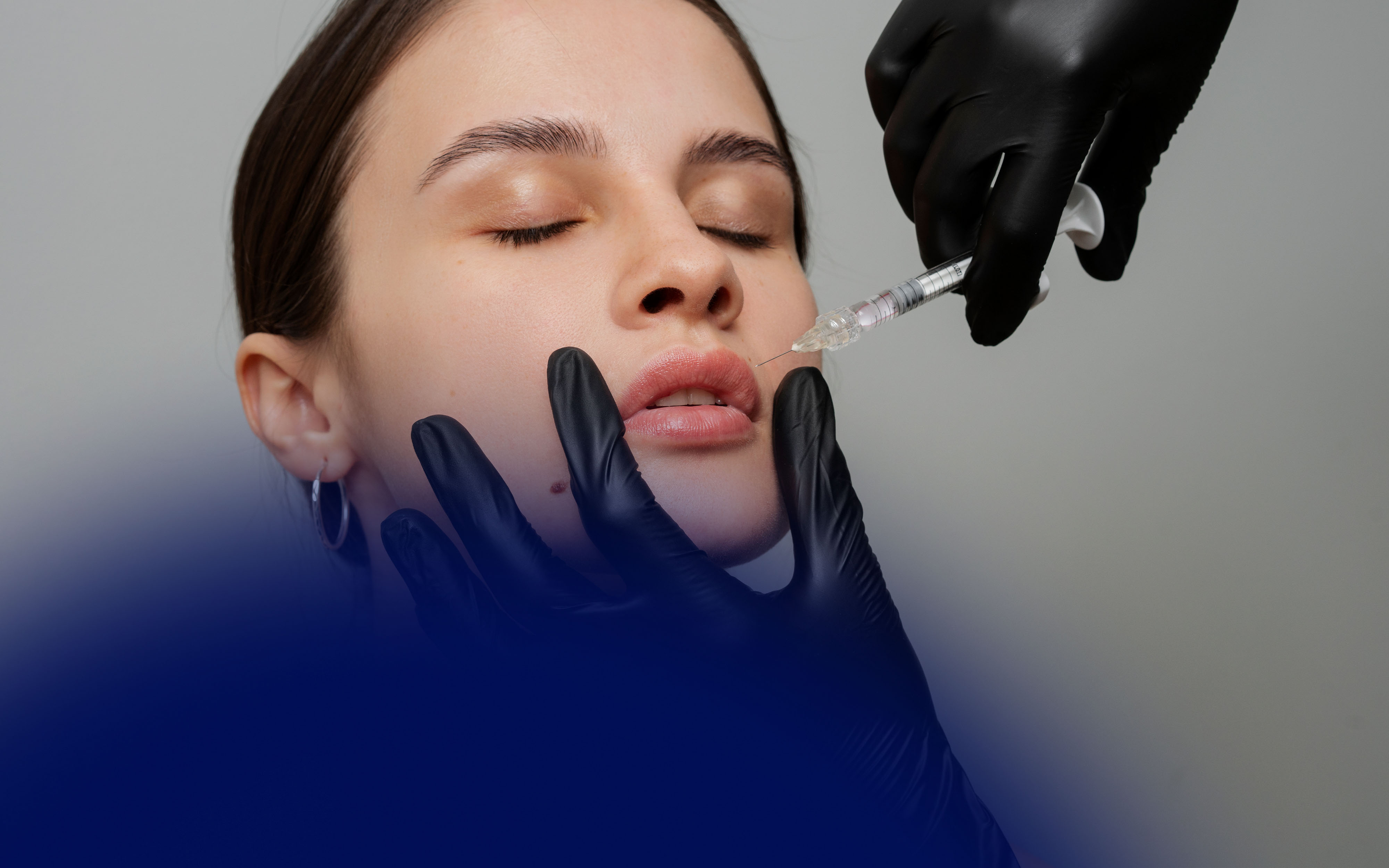
Key Takeaways
- Hyaluronidase is a critical tool in aesthetics but requires awareness of possible mild, moderate, and rare side effects.
- Most patients experience only temporary swelling, redness, or bruising after hyaluronidase injections.
- Allergic reactions are rare but must be anticipated with emergency preparedness and informed consent.
- Risk factors include patient history of allergies, prior filler complications, and underlying health conditions.
- Open communication and adherence to safety protocols help ensure safe practice and patient trust.
Over the course of several decades, slowly but surely, hyaluronidase has become a cornerstone in aesthetic medicine. Today, it’s used both for elective corrections and as a vital safety measure in emergencies such as vascular occlusion. With the increasing popularity of dermal fillers, injectors rely on hyaluronidase more frequently to manage results, dissolve migrated product, and address complications.
While its role in practice is indispensable, understanding what hyaluronidase side effects to expect is essential for safe patient care. Most reactions are mild and transient, but practitioners must be prepared for the possibility of hypersensitivity or rare adverse events. This article outlines the most important safety considerations every injector should know.
What Is Hyaluronidase?
Hyaluronidase is an enzyme that breaks down hyaluronic acid (HA), a natural substance in connective tissues and the main component in most dermal fillers. In aesthetics, it is used to dissolve unwanted filler, correct asymmetries, and manage emergencies.
By catalyzing the hydrolysis of HA, hyaluronidase allows the body to clear the filler more rapidly. Its predictable effect has made it the standard for elective filler correction and the front-line treatment in urgent complications.
What Is Hyaluronidase Used For?
In clinical aesthetics, hyaluronidase injections are used for:
- Dissolving filler in elective corrections, such as overfilled lips or asymmetry.
- Emergency treatment of vascular occlusion to restore blood flow.
- Managing filler migration in areas like lips or tear troughs.
- Improving results when a patient is unhappy with prior treatment outcomes.
The versatility of hyaluronidase underscores why it is considered essential in every injector’s emergency kit.

Most Common Mild Hyaluronidase Side Effects
In most cases, side effects are mild, short-lived, and resolve without intervention. These include:
- Swelling and redness at the injection site
- Localized tenderness or bruising
- Temporary unevenness as filler breaks down at different rates
Patients should be reassured that these effects are expected and usually resolve within a few days. Visible improvement is often noted within 24–48 hours.

Allergic and Hypersensitivity Reactions to Hyaluronidase
Although uncommon, hyaluronidase allergic reactions are the most important consideration for injectors. Symptoms may include itching, hives, rash, or swelling beyond the injection site. In very rare cases, systemic reactions such as difficulty breathing or anaphylaxis have been reported.
Injectors should always:
- Obtain informed consent discussing possible allergic responses
- Keep an emergency kit stocked with epinephrine, antihistamines, and corticosteroids
- Document baseline appearance, injection sites, and lot numbers for traceability
Patients with a history of allergy to bee stings or prior reactions to hyaluronidase are at higher risk and may require a patch test.
Rare and Serious Adverse Effects
Though rare, adverse effects can include:
- Overcorrection: Dissolving more filler than intended
- Excessive tissue breakdown: Temporary loss of natural HA stores, which the body later replenishes
- Unintended spread: If injected superficially or without proper technique, enzyme diffusion can affect surrounding areas
These risks reinforce the importance of using conservative doses for elective procedures and reserving higher doses for emergencies.

Hyaluronidase Risk Factors in Patients
Certain patients may face higher hyaluronidase risks:
- History of severe allergies or anaphylaxis
- Prior complications with dermal fillers
- Use of multiple filler types, especially non-HA products that cannot be dissolved
- Pre-existing autoimmune or connective tissue disorders
A careful medical history and thorough consultation reduce the likelihood of complications.
How to Prevent Hyaluronidase Complications
Prevention begins with safe practice and adherence to hyaluronidase safety protocols:
- Informed consent: Clearly explain possible side effects, allergic risks, and the possibility of multiple sessions.
- Emergency preparedness: Keep epinephrine, antihistamines, and corticosteroids readily available.
- Careful dosing: Start low and titrate up, especially for elective corrections.
- Accurate documentation: Record baseline, injection sites, and product lot numbers.
- Patient education: Explain that swelling and unevenness are normal in the short term, while severe reactions require immediate attention.
Training through HubMed Ed’s online aesthetic medical training for doctors reinforces these protocols and ensures consistent, safe practice.
Safe Hyaluronidase Administration
For elective treatments such as dissolving lip filler, injectors typically use lower doses in staged sessions. In contrast, emergencies such as vascular occlusion require higher, repeated doses, guided by published protocols.
The choice of needle or cannula, injection depth, and dilution should always align with anatomical knowledge and current guidelines. A conservative approach minimizes risks while allowing effective correction.

Open and Honest Patient Communication
Clear and transparent communication is just as critical as technical skill when it comes to using hyaluronidase. Patients often arrive with anxiety about dissolving filler or concerns about safety, so it is important to set realistic expectations from the beginning. Explaining that mild side effects such as swelling or unevenness are common helps normalize the experience, while also stressing that severe reactions, though rare, require immediate reporting. Reassurance should center on the fact that hyaluronidase is safe in skilled hands and that the body naturally replenishes its own hyaluronic acid over time. For patients seeking complete correction, clarify that multiple sessions may be necessary. This approach not only builds trust but also reduces the risk of dissatisfaction by ensuring patients fully understand both the benefits and the limitations of treatment.
Conclusion
Hyaluronidase is an invaluable safety tool in aesthetics, but awareness of hyaluronidase side effects is critical for every injector. From mild swelling to rare allergic reactions, risks can be managed effectively with preparation, informed consent, and strong communication.
Mastery of hyaluronidase injection complications and prevention protocols ensures both safety and patient confidence. For further learning, practitioners can access advanced aesthetics complications training to refine their skills in complication management.
FAQ
How long does filler take to dissolve with hyaluronidase?
Most fillers dissolve within 24–48 hours, though complete results may take up to one week.
How long does lip filler take to dissolve with hyaluronidase?
Lip filler usually responds quickly, with noticeable changes in 1–2 days. Additional sessions may be needed for full correction.
How long does hyaluronidase keep working?
Hyaluronidase remains active for 24–48 hours after injection, with visible results developing as the body clears dissolved filler.
Does hyaluronidase destroy connective tissue?
Hyaluronidase temporarily breaks down both filler and natural HA, but the body replenishes its stores over time. Permanent damage is rare.
How long does hyaluronidase stay in your body?
The enzyme is broken down and cleared within a few days, though its effects on filler are seen almost immediately.
Sources
- Rahman E, Philipp-Dormston WG, Webb WR, et al. "Filler-Associated Acute Stroke Syndrome": Classification, Predictive Modelling of Hyaluronidase Efficacy, and Updated Case Review on Neurological and Visual Complications. Aesthetic Plast Surg. 2024;48(17):3222-3253. doi:10.1007/s00266-024-04202-y Available from: https://pubmed.ncbi.nlm.nih.gov/38971925/
- Cavallini M, Gazzola R, Metalla M, Vaienti L. The role of hyaluronidase in the treatment of complications from hyaluronic acid dermal fillers. Aesthet Surg J. 2013;33(8):1167-1174. doi:10.1177/1090820X13511970 Available from: https://pubmed.ncbi.nlm.nih.gov/24197934/
- Guliyeva G, Huayllani MT, Kraft C, Lehrman C, Kraft MT. Allergic Complications of Hyaluronidase Injection: Risk Factors, Treatment Strategies, and Recommendations for Management. Aesthetic Plast Surg. 2024;48(3):413-439. doi:10.1007/s00266-023-03348-5 Available from: https://pubmed.ncbi.nlm.nih.gov/37145319/
- DeLorenzi C. Complications of injectable fillers, part 2: vascular complications. J Clin Aesthet Dermatol. 2021;14(11):E61–E68. Available from: https://jcadonline.com/aesthetic-complications-hyaluronidase/
Disclaimer:
This article is intended for licensed medical professionals. All protocols, dosages, and treatment insights referenced herein are based on published literature. The content is not intended to encourage application, diagnosis, or self-treatment of unlicensed individuals, and should not be used as a substitute for the clinical judgment of a qualified healthcare provider.

